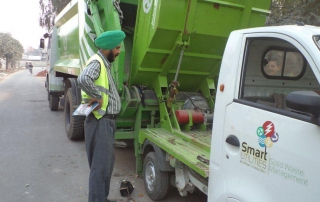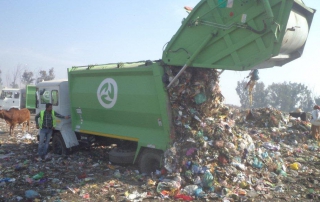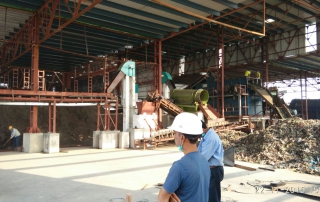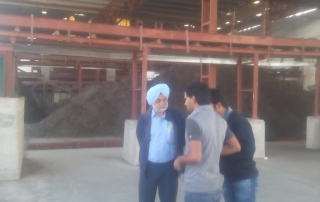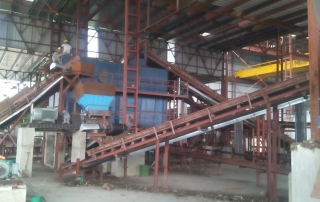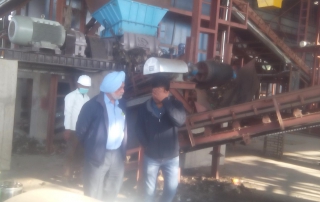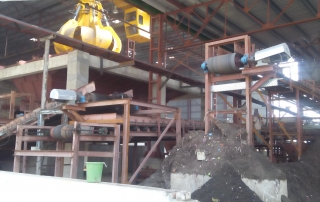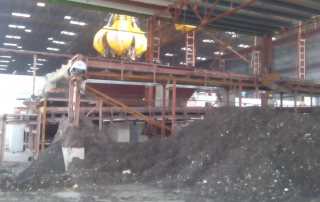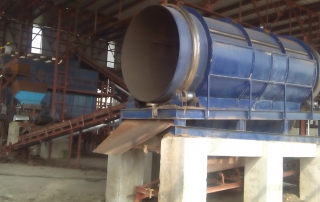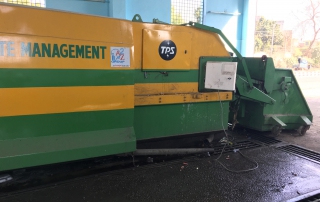ABOUT PMIDC:
PMIDC is a nonprofit making Government company constituted by the Department of Local Government Punjab with an objective to uplift the living standard of urban population including urban poor in the State of Punjab and for the purpose to assist urban local bodies & other agencies augmenting essential resources including but not limited to through pooled manner, facilitate urban infrastructure project and implement the Govt. of India scheme. The company has been duly licensed under section 25 of the Companies Act and incorporated in March, 2009. The board of the Company consists of Chief Secretary as its Chairman, the Principal Secretary Local Government, Director Local Government, Additional Secretary Local Government, Principal Secretary Finance, Principal Secretary, Planning and all the Commissioners are Director on the board of the Company.
OUR PROJECTS:
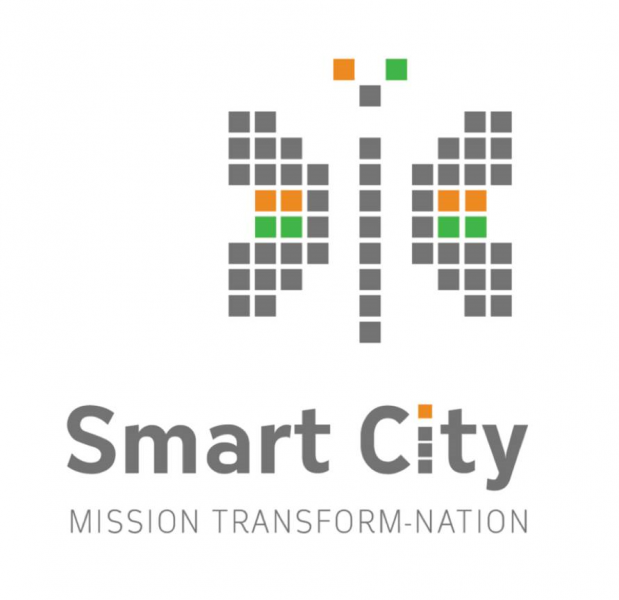
SMART CITY MISSION

AMRUT
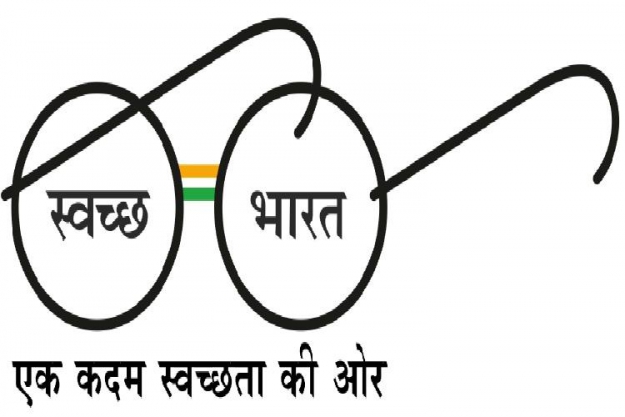
SWACHH BHARAT MISSION

SWM
RECENT POSTS
PMIDC PROJECTS
In the approach of the Smart Cities Mission, the objective is to promote cities that
provide core infrastructure and give a decent quality of life to its citizens, a clean and
sustainable environment and application of ‘Smart’ Solutions. The focus is on
sustainable and inclusive development and the idea is to look at compact areas, create
a replicable model which will act like a light house to other aspiring cities. The
Smart Cities Mission of the Government is a bold, new initiative. It is meant to set
examples that can be replicated both within and outside the Smart City, catalysing the
creation of similar Smart Cities in various regions and parts of the country.
The core infrastructure elements in a smart city would include:
i. adequate water supply,
ii. assured electricity supply,
iii. sanitation, including solid waste management,
iv. efficient urban mobility and public transport,
v. affordable housing, especially for the poor,
vi. robust IT connectivity and digitalization,
vii. good governance, especially e-Governance and citizen participation,
viii. sustainable environment,
ix. safety and security of citizens, particularly women, children and the elderly,
and
x. health and education
Providing basic services (e.g. water supply, sewerage, urban transport) to households and build
amenities in cities which will improve the quality of life for all, especially the poor and the
disadvantaged is a national priority. An estimate of the funds required over a 20 year period, at
2009-10 prices, was made by the High Powered Expert Committee (HPEC) during 2011. The
Committee estimated that Rs. 39.2 lakh crore was required for creation of urban infrastructure,
including Rs. 17.3 lakh crore for urban roads and Rs. 8 lakh crore for services, such as water
supply, sewerage, solid waste management and storm water drains. Moreover, the requirement
for Operation and Maintenance (O&M) was separately estimated to be Rs. 19.9 lakh crore.
Learnings from the earlier Mission have shown that infrastructure creation should have a
direct impact on the real needs of people, such as providing taps and toilet connections to all
households. This means that the focus should be on infrastructure creation that has a direct link
to provision of better services to people and this was explicitly stated by the President of India in
his speeches to the Joint Sessions of the Parliament on 9 June, 2014 and 23 February, 2015.
Therefore, the purpose of Atal Mission for Rejuvenation and Urban Transformation
(AMRUT) is to (i) ensure that every household has access to a tap with assured supply of water
and a sewerage connection; (ii) increase the amenity value of cities by developing greenery and
well maintained open spaces (e.g. parks); and (iii) reduce pollution by switching to public
transport or constructing facilities for non-motorized transport (e.g. walking and cycling). All
these outcomes are valued by citizens, particularly women, and indicators and standards have
been prescribed by the Ministry of Urban Development (MoUD) in the form of Service Level
Benchmarks (SLBs).
However, the pursuit of better outcomes will not stop with the provision of taps and
sewerage connections to all (universal coverage). Other benchmarks will be targeted following a
step-by-step process after achieving the benchmark of universal coverage. Such a gradual
process of achieving benchmarks is called “incrementalism”. This does not mean that other SLBs
are less important, but that in the incremental process SLBs are achieved gradually according to
National Priorities. In the case of urban transport the benchmark will be to reduce pollution in
cities while construction and maintenance of storm water drains is expected to reduce, and
ultimately eliminate, flooding in cities, thereby making cities resilient.
Earlier, the MoUD used to give project-by-project sanctions. In the AMRUT this has
been replaced by approval of the State Annual Action Plan once a year by the MoUD and the
States have to give project sanctions and approval at their end. In this way, the AMRUT makes
States equal partners in planning and implementation of projects, thus actualizing the spirit of
cooperative federalism. A sound institutional structure is the foundation to make Missions
successful. Therefore, Capacity Building and a set of Reforms have been included in the
Mission. Reforms will lead to improvement in service delivery, mobilization of resources and
making municipal functioning more transparent and functionaries more accountable, while
Capacity Building will empower municipal functionaries and lead to timely completion of
projects.
The term normally relates to all kinds of waste, whether generated during the extraction of raw materials, the processing of raw materials into intermediate and final products, the consumption of final products, or other human activities,[1] including municipal (residential, institutional, commercial), agricultural, and social (health care, household hazardous waste, sewage sludge).[2] Waste management is intended to reduce adverse effects of waste on health, the environment or aesthetics.



